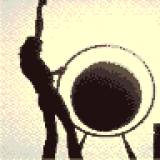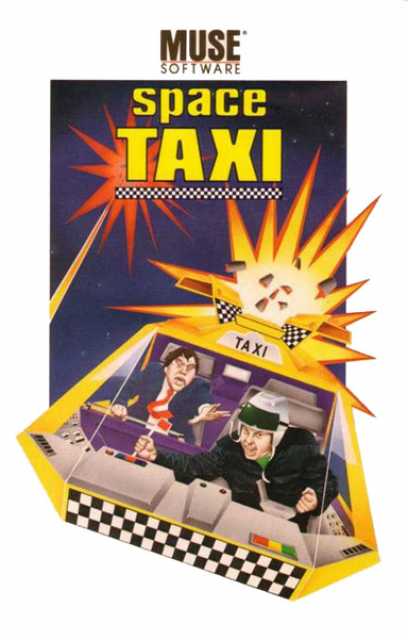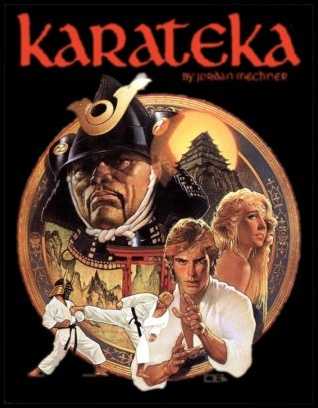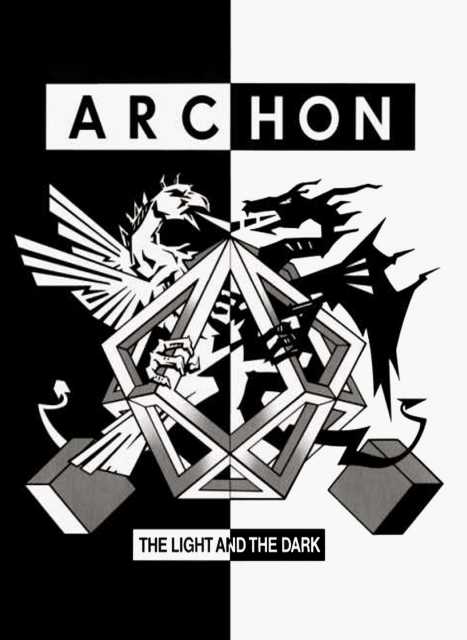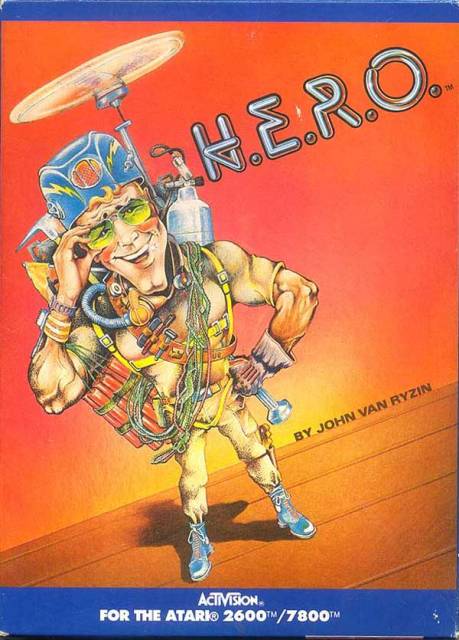My favorite games for Commodore 64
I've been gaming since the late 70's, and owned and played heavily pretty much every AAA console in the generations stretching from the Atari 2600 to the Playstation 2. In the year 2000, I built my first gaming PC, and ever since have been gaming primarily on PC. In 4 decades I've pretty much seen it all.
I got to thinking the other day: "Which device did I have the most fun with, which was my favorite?"
I came to the conclusion that my favorite game machine of all time was the Commodore 64. At the time that it came out, it had the best graphics and sound ever seen outside of the arcade. It was relatively easy to program for and there were a gazillion "indie" (though I don't think that word was invented yet, at least as it applies to games) titles to go along with all the AAA studios' efforts. Long before they became symbols of everything wrong with the modern gaming industry, EA (then known as Electronic Arts) and Activision were absolute innovators and shaped the future of gaming with their original, cleverly-devised games. It was an era of unbridled optimism and enthusiasm.
I decided to compile a list of my favorite games of the C64 era. These are in no order whatsoever; that would just be too difficult and time consuming for me to work out. This will be a work in progress so check back in regularly for updates.
Off we go...
